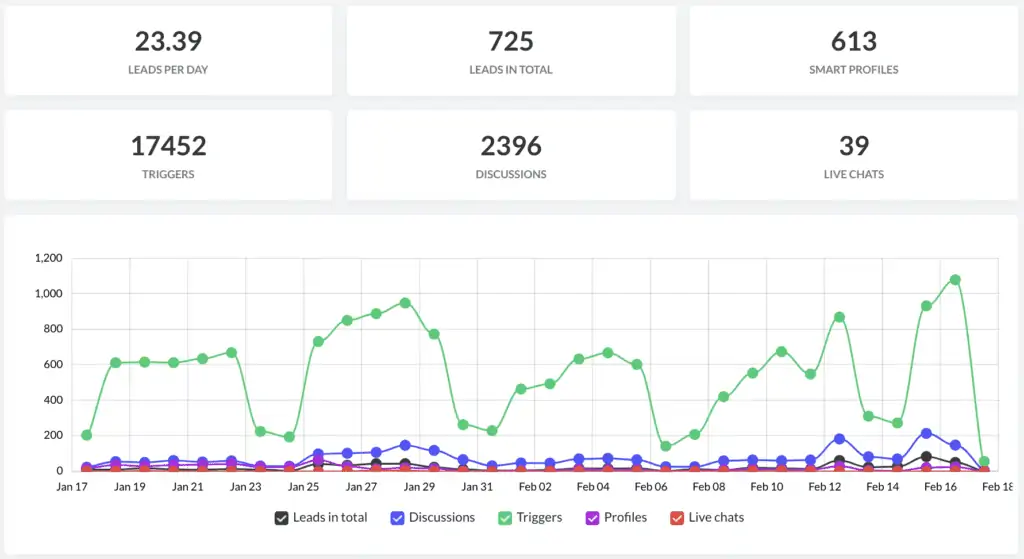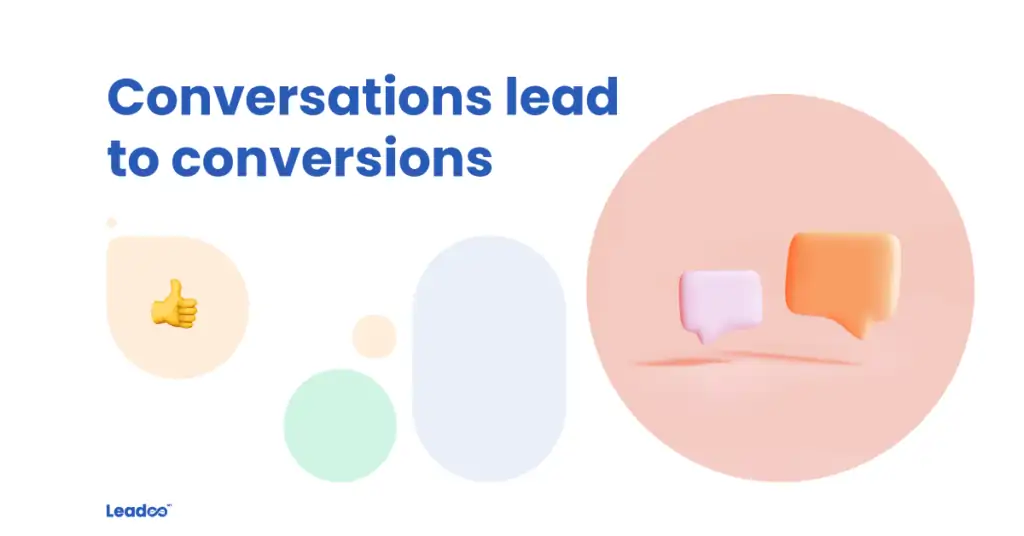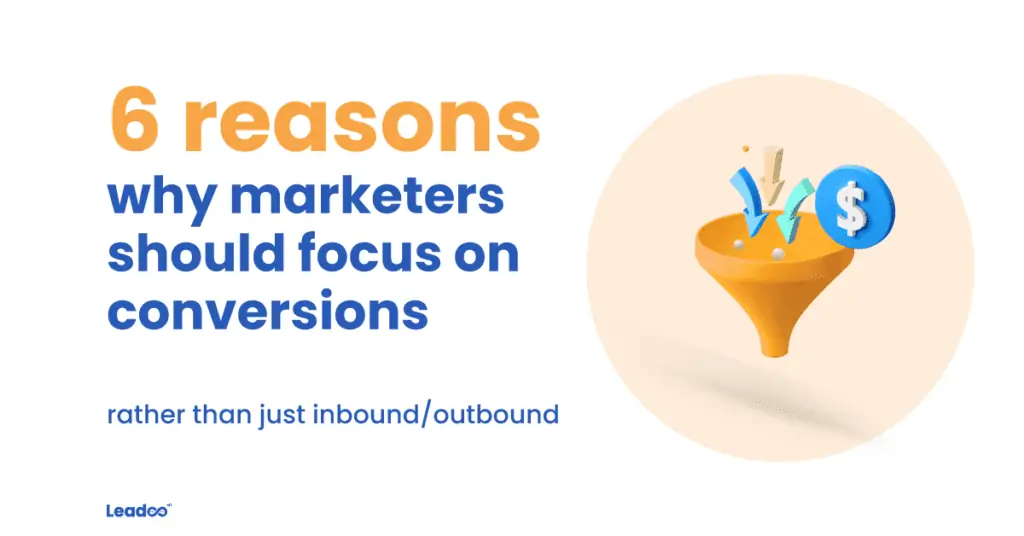There’s no point in doing continuous conversion rate optimization, unless you’re able to measure conversion performance. The need to track conversion performance should be a no-brainer. It’s the only way to know whether what you’re doing is bringing in any value.
In this article, I’ll answer questions like: What are some important conversion KPIs? and How to calculate conversion KPIs?
If you’re new to the topic, I suggest you also read our introduction to conversions and CRO.
Conversion KPIs – what you can and should measure
If you want to, you can consume all your waking hours working out how to improve your conversion performance. That’s all well and good, but in most cases it’s enough to cover the basics. Here’s a bunch of conversion KPIs that you should at least be aware of.
Total number of conversions
The number of conversions is your most basic conversion KPI. Especially if you’re only collecting one or two conversion types, tracking this number alone will say a lot about your performance.
By knowing how many conversions you were able to capture in a week or a month, it’s easy to reflect the performance with your marketing activities from that period.
Perhaps that increase in ad spend brought you significantly more conversions? Or maybe it was your new landing page design?
If you’re collecting several different conversion types (for example: quotation requests, demo bookings, event sign ups and newsletter subscriptions) it makes sense to track the number of conversions by type.
Tracking conversions by type helps you see what areas in your marketing need more attention.
Conversion rate
Conversion rate is the percentage of website visitors who completed a conversion. In all simplicity, you calculate conversion rate by dividing the number of conversions with the number of visitors.
Conversion rate = #CONVERSIONS / #VISITORS * 100%
This central KPI measures the performance of your campaigns and landing pages. You can calculate conversion rate for an entire domain or selected pages. For more detailed insights, you can analyze conversion rates for specific channels or campaigns.
We’ve listed some conversion rate benchmarks in this article.
Cost per acquisition (CPA)
Another important conversion KPI is CPA, or cost per acquisition. In this context, CPA essentially means cost per conversion. That is, how much you paid for a conversion. Conversion CPA is calculated by dividing the associated marketing costs with the number of conversions:
CPA (for conversions) = ASSOCIATED MARKETING COSTS / #CONVERSIONS
In many cases, it’s good enough to only include directly attributable costs, like ad spend for a specific campaign. For increased accuracy, you’ll want to add up all associated costs in the formula.
Example: You spent 1250€ on a Facebook campaign and 850€ on PPC advertising on Google. These activities promoted an offer for visitors who could convert by sending their information through a landing page. The campaign resulted in 42 conversions (leads).
Your CPA for this campaign, considering only ad spend, is: (1250 + 850) / 42 = 50€
In other words, you paid 50€ for each conversion.
Conversion value
The natural next step from knowing the cost of a conversion is to find out the value of a conversion. As a KPI, conversion value helps you to estimate the ROI of CRO activities and marketing in general.
Conversion value is always based on estimates, except for when the conversion is a purchase, in which case conversion value can be considered equal to purchase value.
In other cases, you will need to rely on your knowledge and data about funnel metrics. Specifically, you’re interested in the likelihood of the conversion turning into a transaction, and what the value of that transaction will be. As metrics, these could be your lead-to-customer rate and average deal value.
Often, one transaction doesn’t cover the entire value potential of a conversion. Therefore, it may be necessary to link conversion value to customer lifetime value (LTV or CLV) and / or other long-term value metrics.
Conversion ROI
Return on investment should be a key interest to marketers in all situations. When you know the number of conversions, cost per conversion, and conversion value, you can calculate your ROI for the actions you took with a conversion goal in mind.
For a basic conversion ROI formula, you need to know:
- The value of your conversions (#conversions * conversion value)
- The cost of your conversions (#conversions * CPA)
You can then calculate ROI as follows:
ROI = (VALUE OF CONVERSIONS – COST OF CONVERSIONS) / COST OF CONVERSIONS * 100%
Example: Let’s assume that in the CPA example above, conversion value is estimated at 160€. In that case:
Value of conversions: 42 * 160€ = 6720€
Cost of conversions: 42 * 50€ = 2100€
ROI: (6720 – 2100) / 2100 * 100% = 220%
ROI of 220% means that the conversions returned more than 3x the associated marketing investment.
Note that omitting indirect costs results in higher ROI than what the reality is. In this example, ad spend was the only cost taken into account, but obviously, running a conversion campaign incurs also costs as salaries, software fees, and time spent working on the campaign.
Sales funnel metrics
I already mentioned sales funnel metrics with conversion value, but they’re worth a subheading. To discover the truth about your conversion performance, you need to go beyond website conversions.
If you think about it, conversions may include fluff that never turns into business. Hence, it’s important to follow up on conversions over to the sales side. How do the conversions you capture proceed in the sales funnel, and what are they worth?
Collaborate with sales to define your average lead-to-customer rate. That is, at what percentage do leads (conversions) turn into paying customers. The other side of it is expected revenue generated from those customers. For this, you can simply use average deal value.
Remember, though, to account for variation in deal value. For instance, deals that originate from outbound sales could have a higher average value than deals that originate from online marketing activities and website conversions.
Revenue
At the end of the day, you’re converting people to generate revenue. If the KPIs listed above are looking bright, it’s likely that your conversion efforts are doing a handsome contribution to overall revenue.
On the other hand, you could be dissatisfied with marketing generated revenue. In that case (at the latest), it’s a good idea to dig into the data and calculate a benchmark for these conversion KPIs.
Looking at the numbers, you may immediately identify a bottleneck in your conversion performance. In essence, optimizing your performance is simple:
- Secure a steady and sufficient number of conversions
- Drag CPA as low as possible
- Make conversion value as high as possible
Key takeaways
Conversion performance can be measured for an entire website and all conversions. For more accuracy, you may want to track conversion performance by conversion type, campaign or channel.
Conversion KPIs include:
- Number of conversions
- Conversion rate
- CPA (cost per acquisition)
- Conversion value
- Conversion ROI
- Sales funnel metrics
- Revenue
You don’t need to know the exact value of each KPI. An estimate is usually enough, because it will give you a benchmark to reflect your performance with.
I hope this article helped you make sense of conversion KPIs, and inspired you to take a closer look at your conversion performance.
Check out also our Complete Guide to Conversion Rate and CRO.






